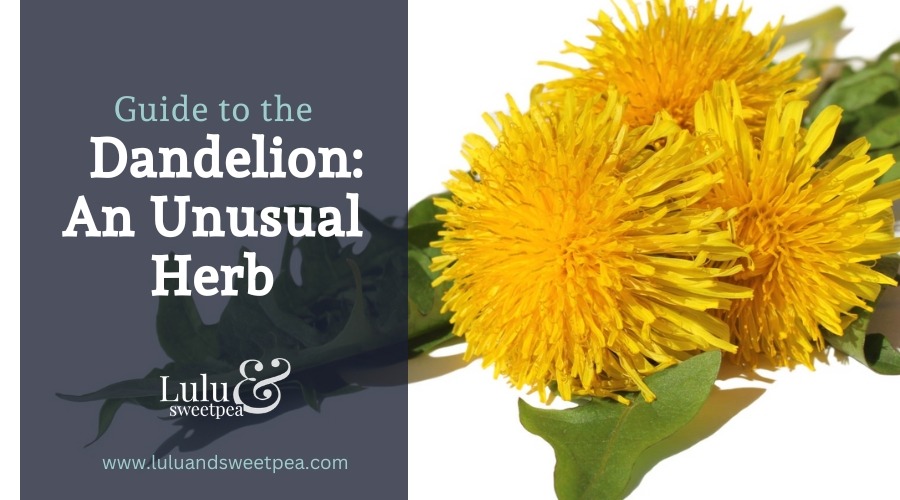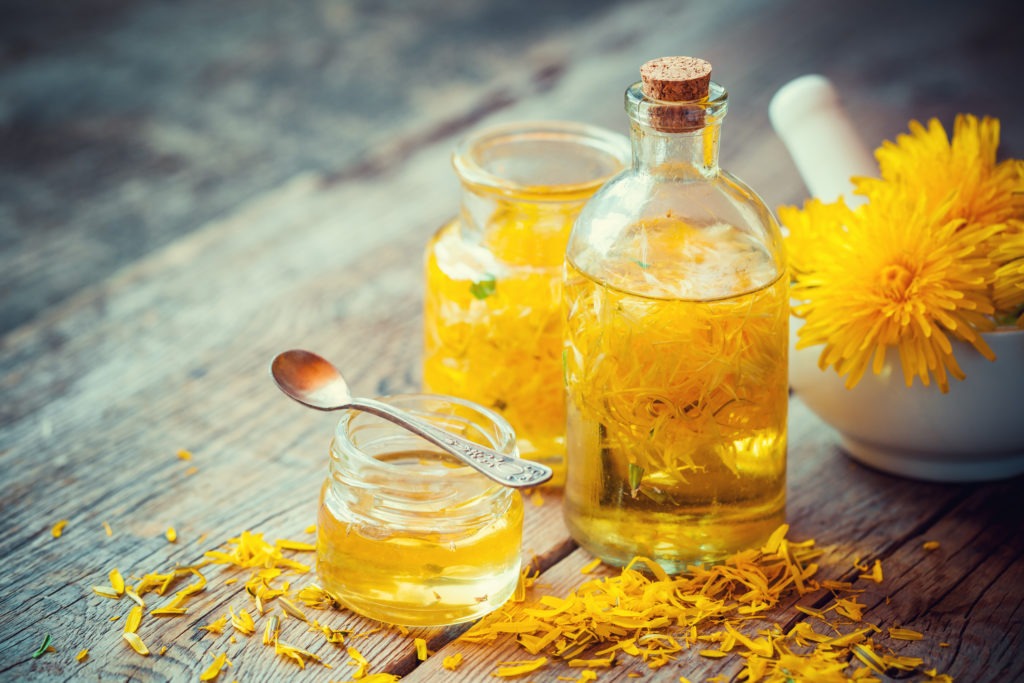From the flowers down to its roots, the dandelion is loaded with health benefits helpful to different medical treatments. Dandelion, scientifically known as Taraxacum, is a large genus of flowering herb belonging to the Asteraceae family. Further, botanists consider dandelion as a flowering herb.
Not only can dandelion leaves and flowers add a pop of color to a dish, but they can also be found in herbal teas and supplements. Dandelions are low-growing perennial herb plants that have been used for centuries as they are believed to help promote good health and weight management. Moreover, research shows that dandelions contain several minerals, vitamins, as well as other natural chemicals helpful to lessen the risk of health problems.
Origin of Dandelions for Human Use
Around 900 A.D., Arabians first recorded the medical uses of dandelions. However, other claims support that it was the Chinese who were using dandelions long before that. Nicholas Culpeper, a 17th-century British botanist, herbalist, and physician, wrote the book “Complete Herbal,” stating that dandelion leaves and roots have an “opening and cleansing” quality, effective for the treatment of urination obstruction. Additionally, dandelion was once used in England and Ireland with the same properties as nettles and docks.
In 1620, pilgrims brought dandelions to North America, and several years after, it became a typical plant in the United States. As introduced and naturalized in North America, various North American tribes used dandelions for food and a tonic for purifying blood.
Today, dandelions can mostly be found in countries located in the Northern Hemisphere, and they are a typical plant growing on the front lawn of many houses because it tends to spread throughout. Others cultivate dandelions for edible and medicinal uses. While dandelions have been naturalized throughout the world, the species is also native to northern temperate zones, including Europe, Africa, and Asia.
Characteristics of Dandelions
Dandelions are perennial herbs with a rosette of pointy and jagged tooth leaves and a thick tap root. The yellow-ray flowers of dandelion grow directly from the green or purplish stem with their strap-shaped petals that turn into a white puffball of seeds when they mature. These seeds can quickly scatter everywhere the wind blows and spout into new plants.
Every part of the dandelion releases a milky substance when it is damaged. The name of the milky substance produced came from the French word “Dent De Lion,” which means lion’s tooth. This reference is due to jagged-shaped teeth. Its flowers are composed of florets, each forming a seed attached to a pappus. Pappus is a hair-like parachute that aids the dispersal of seeds. In other areas, dandelions are called Tell time, Blowball, White Endive, Cankerwort, Wild Endive, Pu-Kung-Ying, Priest’s Crown, and Swine’s Snout.
Benefits of Dandelions
1. Offer Antioxidants Properties
One of the properties of antioxidants is to neutralize the harmful effects of free radicals. The human body naturally produces free radicals. Dandelions contain beta-carotene, a red-orange pigment found in plants and fruits. Beta-carotene is an antioxidant that helps cells from damage. Also, the flowers of dandelions contain flavonoids and polyphenols, both antioxidants.
2. Improve Liver Function
Dandelions can help cleanse the digestive system, purify the blood, remove heavy metals from body tissues and even dissolve kidney stones. Fresh or dried dandelion is also well known for treating upset stomachs and is used as a mild appetite booster. The root of the dandelion may act as a laxative to improve digestion.
3. Aid Body Digestion
Dandelions can help cleanse the digestive system purify the blood, remove heavy metals from body tissues and even dissolve kidney stones. Fresh or dried dandelion is also well known for treating upset stomach and is used as a mild appetite booster. The root of the dandelion may act as a laxative to improve digestion.
4. Boost Immune System
Research indicates that dandelions may have antimicrobial and antiviral properties that help the body fight various infections. Additionally, some active compounds are found in dandelions that protect the body against harmful bacteria. Dandelion herb is packed with minerals, vitamins, and micronutrients that can benefit a healthier body.
5. Help Weight Loss
Promoting improved carbohydrate metabolism and reduced fat absorption are some benefits dandelion can offer to help weight management. Also, dandelion has a high potassium content, leading to its diuretic properties. Diuretic compound contributes to the removal of body waste.
6. Reduce Blood Pressure
Traditional dandelion use included diuretic medication to get rid of excess body fluid. Unwanted body fluids are eliminated from the body due to this property. This function helps decrease blood pressure levels.
Conclusion
Dandelion is a promising herbal candidate with plenty of health benefits. The use of dandelions has been recorded since early historical times. Native Americans boiled dandelion in water and used it for kidney disease treatment. Today, dandelion is useful as herbal medicine to help aid various health problems such as liver problems and digestive problems and even help prevent infections. As a food, dandelion serves as a green salad and in soups, wine, and tea. Some even used the roasted root as a coffee substitute. Undeniably, dandelion is a go-to herb for many health cases.


